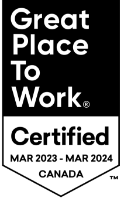
Perspective Paper
Promises Made, Promises Kept: How To Develop Your Customer Centricity in 2021
Efram Lebovits, Jordan Shapiro — December 10, 2020
Over the last few months of 2020, we sought input from a diverse group of leaders across several sectors, roles, and geographies to identify and share their insights on their organization's customer-centric maturity.
The growing need for well-considered and purposefully built customer experiences seems obvious, especially as customer expectations and behaviours continue to evolve and markets appear poised to remain in flux for some time. Fundamentally, strong customer experiences are critical to a company’s sustainable growth.
However, designing experiences that deliver on customers’ critical wants and needs at key moments is not easy. It requires commitment from the entire organization. In our three-part series on Customer Centricity, Level5 Strategy defined seven core dimensions embodied by customer-centric organizations. The first two items outlined in Figure 1 relate to how mature organizations establish clearly articulated, data-informed promises to their customers. The other five describe how effective organizations set up their business systems to consistently keep these promises.
Over the last few months of 2020, we sought input from a diverse group of leaders across several sectors, roles, and geographies to identify and share their insights on their organization’s customer-centric maturity. We asked them to assess their organization’s practices within each of the seven dimensions along a spectrum of five maturity levels: Nascent, Emerging, Developing, Maturing and Best-In-Class. (An example, providing more detail on these levels, is provided at the end of this report)

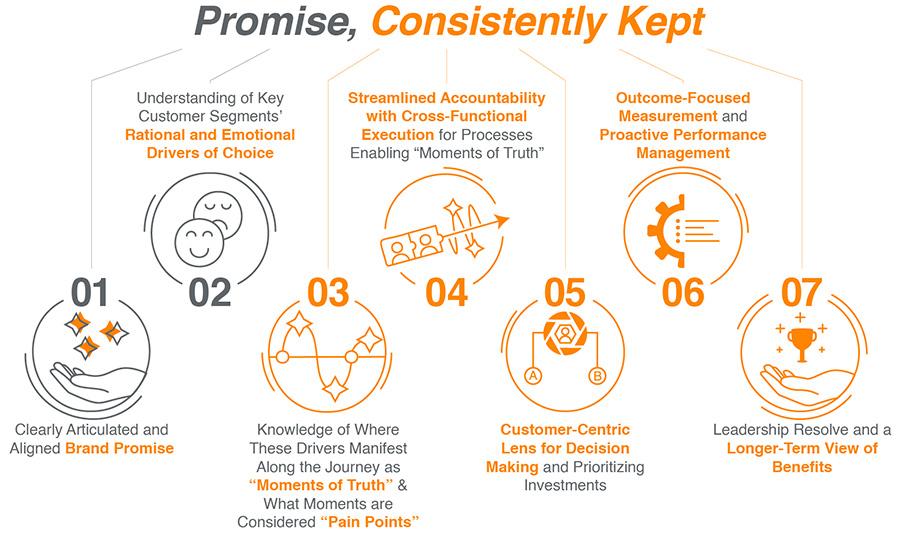
Figure 1: Seven Dimensions of Customer-Centric Organizations
Making Promises and Consistently Keeping Them: Those Who Do Both, Do Better
Companies that are more mature in establishing a customer-centric brand promise are also more sophisticated in setting their operating model up to deliver that promise. In our research, 62% of companies that indicated they are Maturing on establishing the Promise side of the equation, are at least equally mature at ensuring they’re set up to ensure that promise is Consistently Kept. Conversely, not a single organization that was at the Developing maturity level (or below) in terms of Promise exhibited a high degree of maturity in delivering a customer-centric operating model.
This connection also suggests an influence on the overall customer performance. We observed that 74% of organizations that are maturing (or higher) on both the Promise and Consistently Kept dimensions outperformed or significantly outperformed their overall customer experience performance expectations. Only 24% of companies that were less mature on these dimensions exceeded their performance expectations.
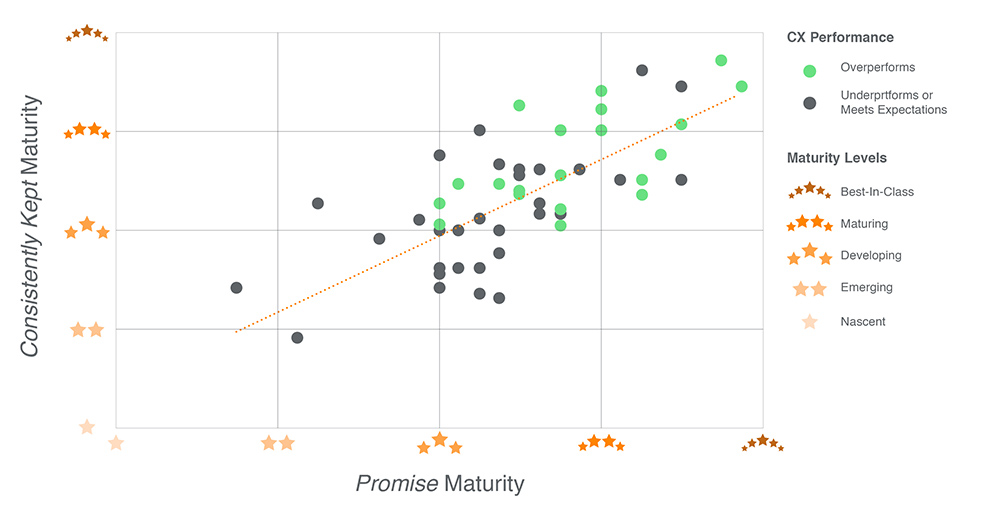
Figure 2: Correlation of Maturity in Promise and Maturity in Consistently Kept
Despite a clear connection between Promise and Consistently Kept, knowing where and how to connect the two is difficult. Understanding Rational and Emotional Drivers, and applying them to key Moments of Truth and the underlying processes that deliver them, is the least mature dimension across the entire research dataset. This pivot point from informing the Promise to designing Consistently Kept is a common struggle for many companies; we see this same profile in all our data, and in organizations that perceive themselves as both underperforming and overperforming relative to their customer performance expectations.

Figure 3: Maturity Profile by Dimension of Customer Centricity
Stepping Back on Customer-Centricity as Growth Leaps Ahead
Our research also suggests that small and large organizations have a higher degree of customer-centric maturity than mid-scale organizations. It may seem counter-intuitive that there would be a regression in maturity as organizations scale, but the research, and our client experience, support this insight.
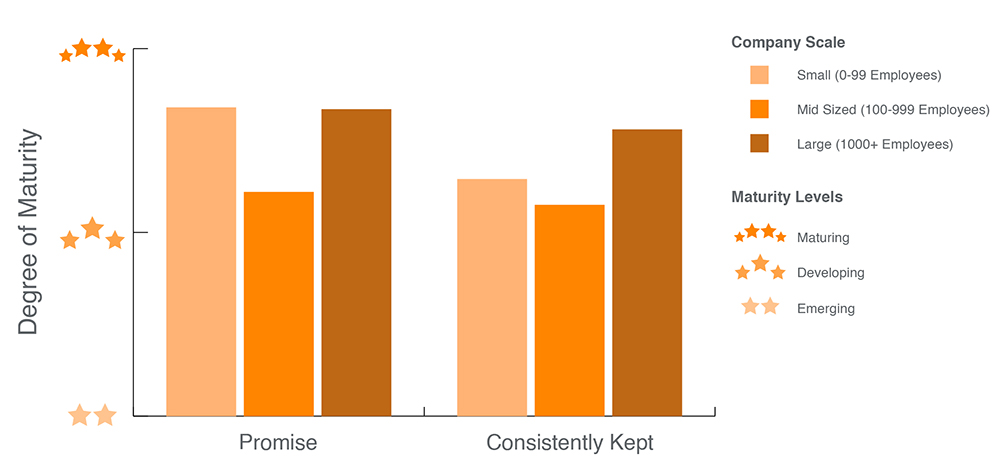
Figure 4: Promises, Consistently Kept Maturity by Company Scale
Small, entrepreneurial organizations need to be singularly focused on their customers – they must be “all hands-on deck” with shared ownership of customer success. The customer is, and must be, at the centre of everything. Larger scale businesses, conversely, have the operational capacity and financial scale to resource entire functions to focus on the customer while their core business performance is generally steadier.
Mid-scale organizations, on the other hand, run into the issue of limited resources and competing priorities. They do not perform as well against their customer experience performance expectations as their smaller or larger peers tend to do. This may be the result of deprioritizing the customer and blurring accountabilities while building scalable operational systems and concentrating on growth. Until enough scale is established to resource against the customer experience, the focus on customers may play second fiddle to topline drivers.
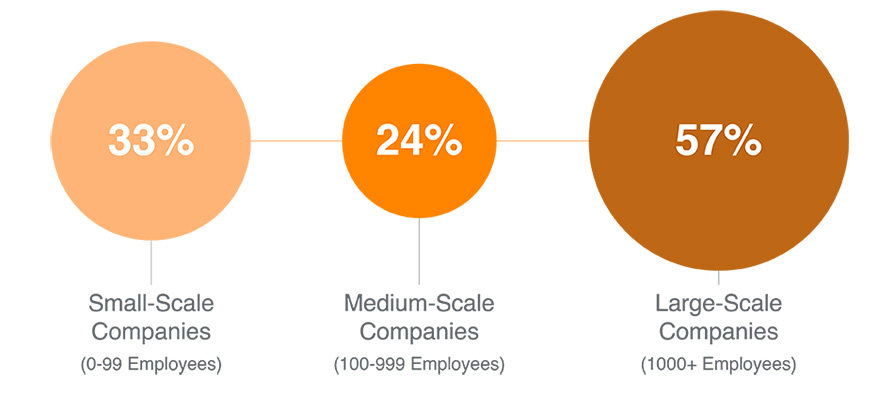
Figure 5: Proportion of Companies That Overperform Their Expectations on Customer Experience
What Gets Measured Gets Done
Organizations with higher maturity in defining customer-focused KPIs, evaluating performance against them and transparently sharing results (internally and externally) tend to outperform their expectations for customer-centric performance over time. When customer centric performance is made public and considered important to overall business performance, more attention is given to driving customer-centric performance.
In our experience helping clients define and implement effective customer metrics and measurement practices, we’ve seen first-hand how strategically aligned measurements can focus an organization’s efforts on the right activities and initiatives for success. Our data suggests that organizations that formally measure and report against customer experience at the highest levels (e.g., using Net Promoter Score, Likelihood to Recommend or other benchmark metrics) are 2.5 times as likely to overperform or significantly overperform against their expectations.
Taking a deeper look at these organizations through the lens of customer performance measurement maturity reinforces this insight (maturity here isn’t about whether these companies do or don’t measure customer experience; it relates to the degree with which have they built the sophistication and culture to do so across all aspects of their operating model). Roughly 60% of respondents that self-reported as Developing or below in their implementation of customer-focused KPIs performed below their expectations for customer performance. In essence, a failure to robustly measure and monitor customer success often leads to unmet goals. Conversely, 50% of organizations that robustly and comprehensively defined customer-focused metrics and build a culture of customer-centric performance through regular, transparent reporting and discussion exceeded their expectations.
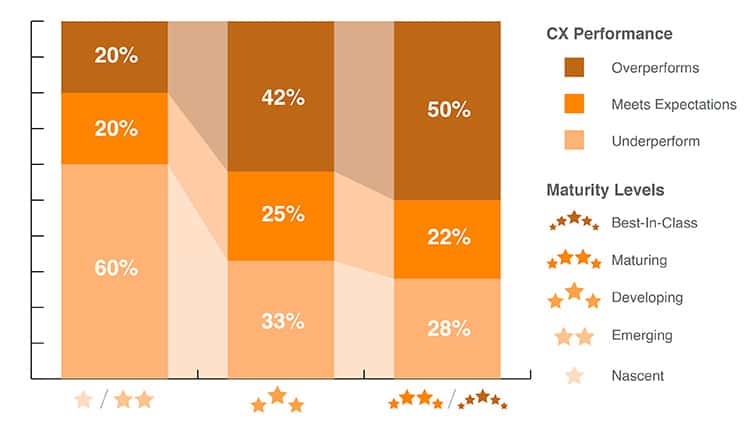
Figure 6: Customer Experience KPI/Performance Measurement Maturity and Outcomes
Key Takeaways
Building a customer-centric organization is crucial for sustainable growth in a time of shifting consumer expectations and demands.

Organizations that are mature in establishing a clear customer promise and setting up their business systems to consistently keep it will be more effective at meeting or exceeding customer expectations.

Maintaining rigorous focus on customer experience as an organization scales is important for leaders of growing firms to keep in mind.

The importance of a fully integrated approach to setting strategy, enabling operations and implementing the right management practices to ensure a complete and accurate picture of customer-centric performance cannot be overstated.
Our study remains open and will continue to welcome inputs on an ongoing basis. If you would like to better understand your organization’s customer-centric maturity, please click here to take the 10-minute assessment. After completion, Level5 Strategy will share your confidential dashboard with you, along with comparisons of your results alongside those of other cross-sector leaders.
Authors
Efram Lebovits is a Managing Partner with Level5 Strategy and can be reached at elebovits@level5strategy.com
Jordan Shapiro is a Principal with Level5 Strategy and can be reached at jshapiro@level5strategy.com
The authors would also like to thank Joseph Smith, James Hunter and Curtis Janes for contributing to this report.
Appendix: Five Levels of Customer-Centric Maturity
Each of the seven dimensions of customer-centricity comprises a set of competencies that can be assessed along the maturity spectrum. One example, relating to an organization’s maturity in embracing a customer-centric strategic purpose, vision and mission is illustrated below:
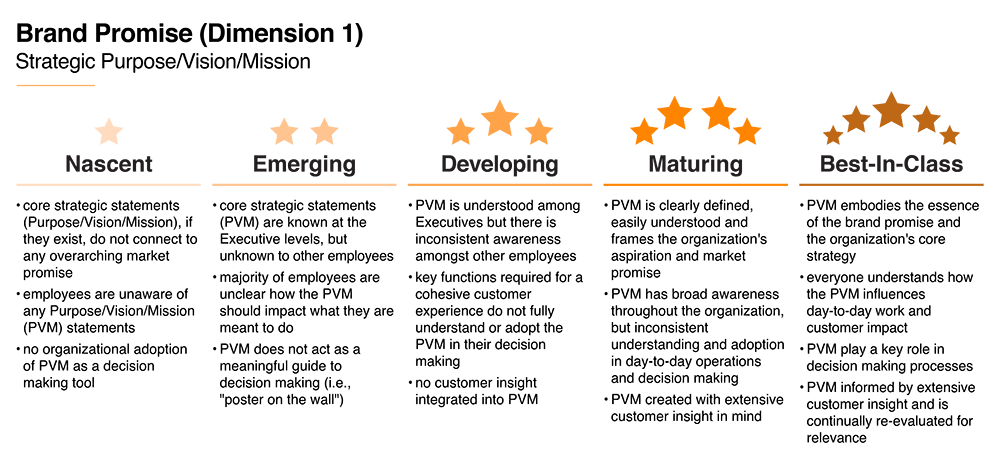
Levels of Customer-Centric Maturity (one example shown)



